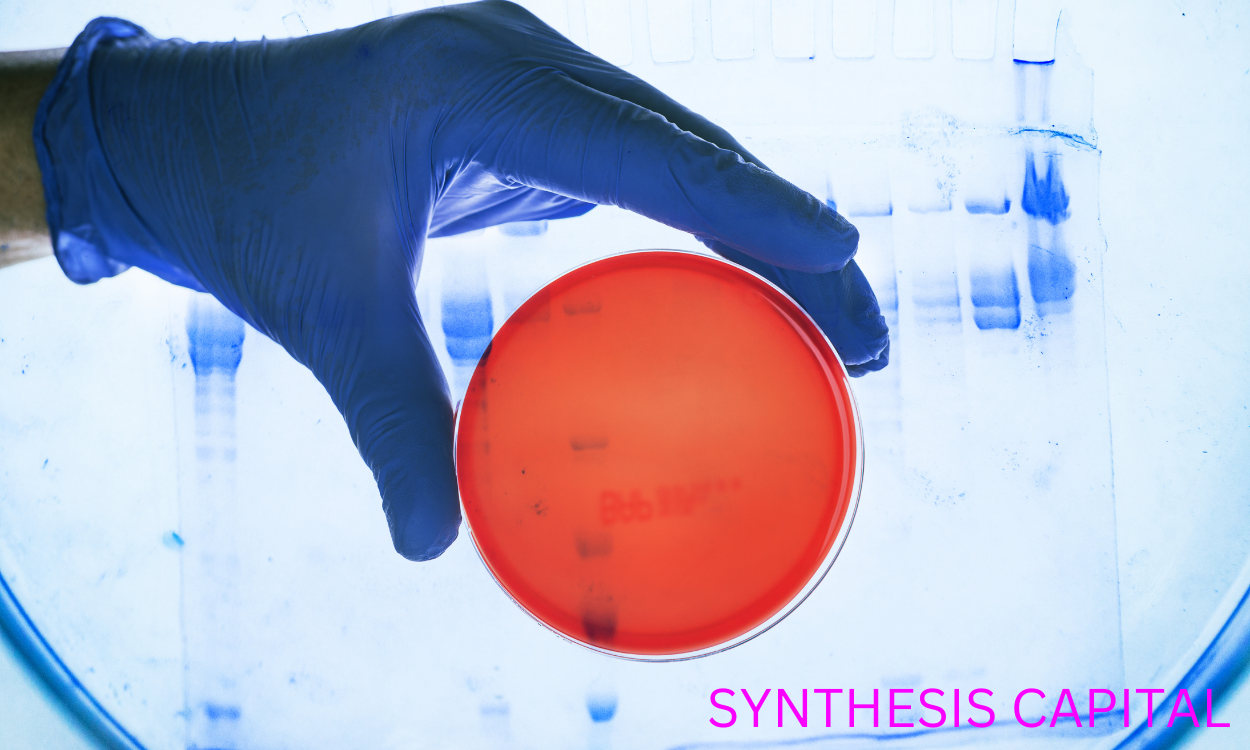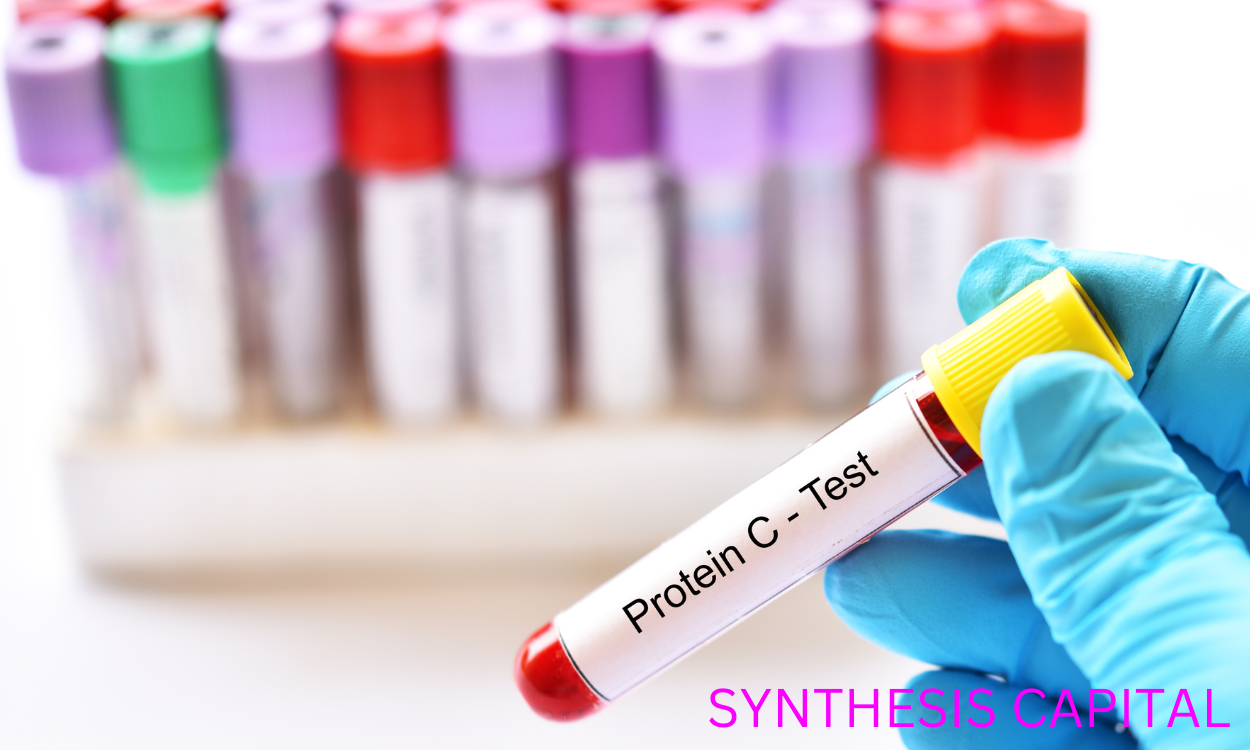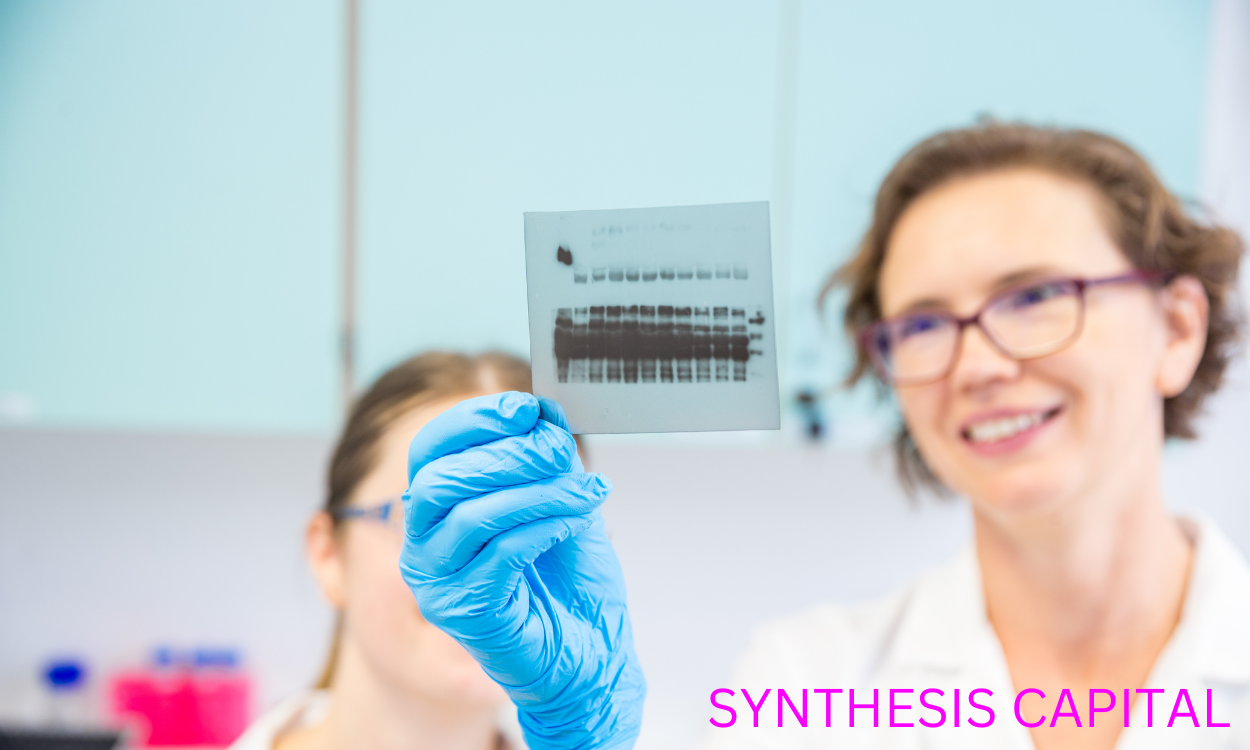Peptide hormones play a crucial role in regulating various physiological processes within the human body, including growth, metabolism, and reproduction. These small proteins are synthesized through a complex process known as biosynthesis, which involves the transcription and translation of specific genes to produce precursor molecules that are then cleaved and modified into their active forms. The intricate mechanisms involved in the biosynthesis of peptide hormones ensure precise control over their production and release, allowing for the maintenance of homeostasis and proper functioning of the endocrine system. Understanding the intricacies of peptide hormone biosynthesis is essential for advancing our knowledge of hormonal regulation and developing targeted therapies for hormone-related disorders.
The Key Enzymes Involved in the Biosynthesis of Peptide Hormones
The key enzymes involved in the biosynthesis of peptide hormones include proteases, which cleave precursor proteins into smaller fragments, and peptidylglycine alpha-amidating monooxygenase (PAM), which catalyzes the amidation of peptide hormones by adding an amide group to the carboxy-terminal end. Additionally, enzymes such as prohormone convertases (PCs) are responsible for processing these fragmented peptides into their active forms by cleaving off specific amino acid residues. Furthermore, enzymes like glycosyltransferases play a crucial role in modifying peptide hormones through the addition of sugar moieties, which can affect their stability and activity. Overall, these enzymes work together in a coordinated manner to ensure the proper biosynthesis and maturation of peptide hormones in the body.

Synthesis of Precursor Molecule for Peptide Hormones in the Cell
The precursor molecule for peptide hormones is synthesized within the cell through a process known as protein synthesis. This involves transcription of a gene encoding for the hormone precursor into messenger RNA (mRNA), which is then translated by ribosomes in the cytoplasm to produce a polypeptide chain. The polypeptide chain undergoes post-translational modifications such as cleavage, folding, and addition of sugar molecules to form the mature peptide hormone. The synthesized precursor molecule is then transported to the appropriate cellular compartments for further processing and secretion.
Cellular Organelles Involved in Processing and Sorting of Newly Synthesized Peptide Hormones
The cellular organelles involved in the processing and sorting of newly synthesized peptide hormones are the endoplasmic reticulum (ER) and the Golgi apparatus. The ER is responsible for synthesizing the peptide hormones and ensuring they are correctly folded and modified before being transported to the Golgi apparatus. In the Golgi apparatus, the hormones undergo further modifications, such as glycosylation, and are sorted into vesicles for secretion or storage within the cell. This process ensures that the peptide hormones are properly processed and targeted to their intended destinations within the cell or for release into the bloodstream.
Exploring the Regulation of Peptide Hormone Production and Release in Cells
Cells regulate the production and release of peptide hormones through a complex process involving various feedback mechanisms. Initially, the hormone gene is transcribed into messenger RNA in response to specific signals or stimuli. The mRNA is then translated into a prohormone, which undergoes post-translational modifications in the endoplasmic reticulum and Golgi apparatus to form the mature active hormone. Once synthesized, the peptide hormone is stored in secretory vesicles until a signal triggers its release into the bloodstream. This signal can be a result of neuronal stimulation, changes in blood glucose levels, or other hormonal cues. As the hormone is released, feedback mechanisms such as negative feedback loops help regulate its secretion to maintain homeostasis within the body.
What role do post-translational modifications play in the maturation of peptide hormones?
Post-translational modifications are essential for the maturation of peptide hormones as they can alter the functional properties of the peptide, including stability, activity, and localization. These modifications can include glycosylation, phosphorylation, acetylation, and proteolytic cleavage, among others. For example, glycosylation can increase the half-life of a peptide hormone by protecting it from degradation, while phosphorylation can regulate its activity by affecting its binding affinity to receptors. Additionally, proteolytic cleavage can convert inactive precursor peptides into active hormones. Overall, post-translational modifications play a crucial role in fine-tuning the function of peptide hormones during their maturation process.

How are peptide hormones transported from the site of synthesis to their target tissues?
Peptide hormones are transported from the site of synthesis to their target tissues through the bloodstream. Once they are synthesized by endocrine glands or other specialized cells, these hormones are released into the bloodstream where they circulate and eventually reach their target tissues. The peptide hormones bind to specific receptors on the surface of target cells, triggering a series of cellular responses that regulate various physiological processes. This mode of transportation allows for rapid and efficient communication between different parts of the body, helping to maintain homeostasis and coordinate the body's response to changing internal and external environments.
What factors influence the rate of biosynthesis of peptide hormones in response to external stimuli?
The rate of biosynthesis of peptide hormones in response to external stimuli is influenced by various factors such as the availability of precursor molecules, the activity of enzymes involved in hormone synthesis, the presence of specific receptors on target cells, and the overall hormonal balance within the body. Additionally, external factors like stress, diet, and environmental cues can also impact the production of peptide hormones. These factors work together to regulate the synthesis and release of peptide hormones in response to changes in the body's internal and external environment, ensuring proper physiological function and adaptation to different stimuli.
Are there any diseases or disorders that can disrupt the biosynthesis of peptide hormones in the body?
Yes, there are several diseases and disorders that can disrupt the biosynthesis of peptide hormones in the body. For example, conditions such as hypothyroidism, Cushing's syndrome, and diabetes can all impact the proper production and release of peptide hormones. Additionally, genetic disorders like congenital adrenal hyperplasia and pituitary tumors can also interfere with the synthesis of these important signaling molecules. These disruptions in peptide hormone biosynthesis can lead to a range of symptoms and complications, highlighting the crucial role these hormones play in maintaining overall health and wellbeing.
Understanding the Biosynthesis of Peptide Hormones
1. Peptide hormones are synthesized in the rough endoplasmic reticulum of cells.

2. The synthesis of peptide hormones involves transcription of the gene coding for the hormone, biosynthesis of peptide hormone translation of the mRNA into a pre-prohormone, and post-translational modifications.
3. Post-translational modifications include cleavage of the signal peptide, biosynthesis of peptide hormone glycosylation, phosphorylation, and disulfide bond formation.
4. Once the mature peptide hormone is formed, it is packaged into secretory vesicles and transported to the Golgi apparatus for further processing.